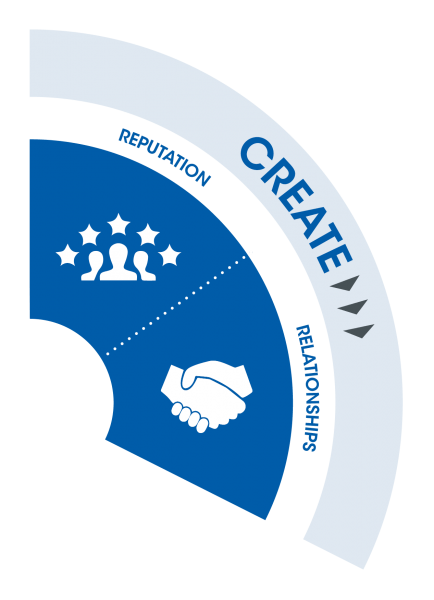In my two decades of training lawyers in the art of selling, I’ve witnessed both triumphs and pitfalls. Let’s dissect why traditional Business Development (BD) training often falls short and uncover what truly propels success in law firms.
Barriers to Effective BD Training:
1. Time:
We know Lawyers are bright, busy people who often have very little time to invest in training in large part because they sell time. In fact if you simplify it (productise it) they sell expertise in packets of time. Their currency is billable hours. So, any effective training needs to respect this and provide value in a time-efficient manner.
2. Fear:
“If I wanted to be a salesperson, I wouldn’t have studied law” is the refrain we have heard many times. Many lawyers are, at best, unnatural salespeople who recognise the need but find it difficult/awkward/even ‘grubby’ to have to persuade people to buy from them. Effective BD training acknowledges and addresses this fear, transforming it into a catalyst for growth.
3. Habits:
“You can’t teach old dogs new tricks”. Many of the people we have worked with in the legal industry have been winning work for many years. In some cases the mantra is “you simply have to do a good job to win the next job”. Whilst we wouldn’t disagree with doing a good job we would argue that effective BD training challenges the status quo, asserting that continuous improvement is the key to a competitive edge.
Strategies for Success:
1. Participant Engagement in Design:
Involve lawyers in the training’s design phase. Conduct brainstorming sessions to uncover their challenges and fears. This not only tailors the training to their needs but also fosters a sense of ownership and commitment and creates a safe space for them to open up and express what they really struggle with.
2. Metrics Matter:
“What can be measured can be improved” therefore exploring what success looks like and the metrics for this is a helpful start point. E.g. increased client meetings, cross-department collaborations/meetings, new instructions, and event attendance.
3. ‘Selling’ the Training Internally:
Communicate the training’s purpose clearly. Emphasize that it’s not about turning lawyers into salespeople but about empowering them with skills, tools, and confidence to attract the right kind of work.
4. Simulation Exercises:
Nothing beats real-world practice. Simulated client meetings immerse lawyers in scenarios mirroring actual situations, effectively engaging the emotional and confidence-building aspects of their brains.
5. Course Follow-up:
Engage with your group of internal ‘designers’ following the course to get feedback and to understand the levels of application. Consider mentors and coaches to help those who have specific challenges. This ongoing support ensures continuous application of learned skills.
6. Timely Revisits:
Revisit the training within three months. Collect feedback on usage, challenges faced, and results achieved. Adjust the approach based on evolving needs.
7. Results Measurement:
According to a recent training industry article 46% of organisations say that ROI is a challenge, 33% measure financial outcomes and 61% say their training is effective. In the coming days we will send you an interesting piece highlighting the metrics that will better allow you to measure ROI of BD training.
Continuous Improvement:
As you embark on BD training, remember it’s an ongoing process. The transformation will come providing you solicit feedback, adapt strategies, and stay committed to refining your approach. BD ‘training’ is afterall a marathon, not a sprint.





 We are a business development consultancy which is passionate about helping our clients develop processes, skills and behaviours that will result in increased sales and improved margins.
We are a business development consultancy which is passionate about helping our clients develop processes, skills and behaviours that will result in increased sales and improved margins. 

